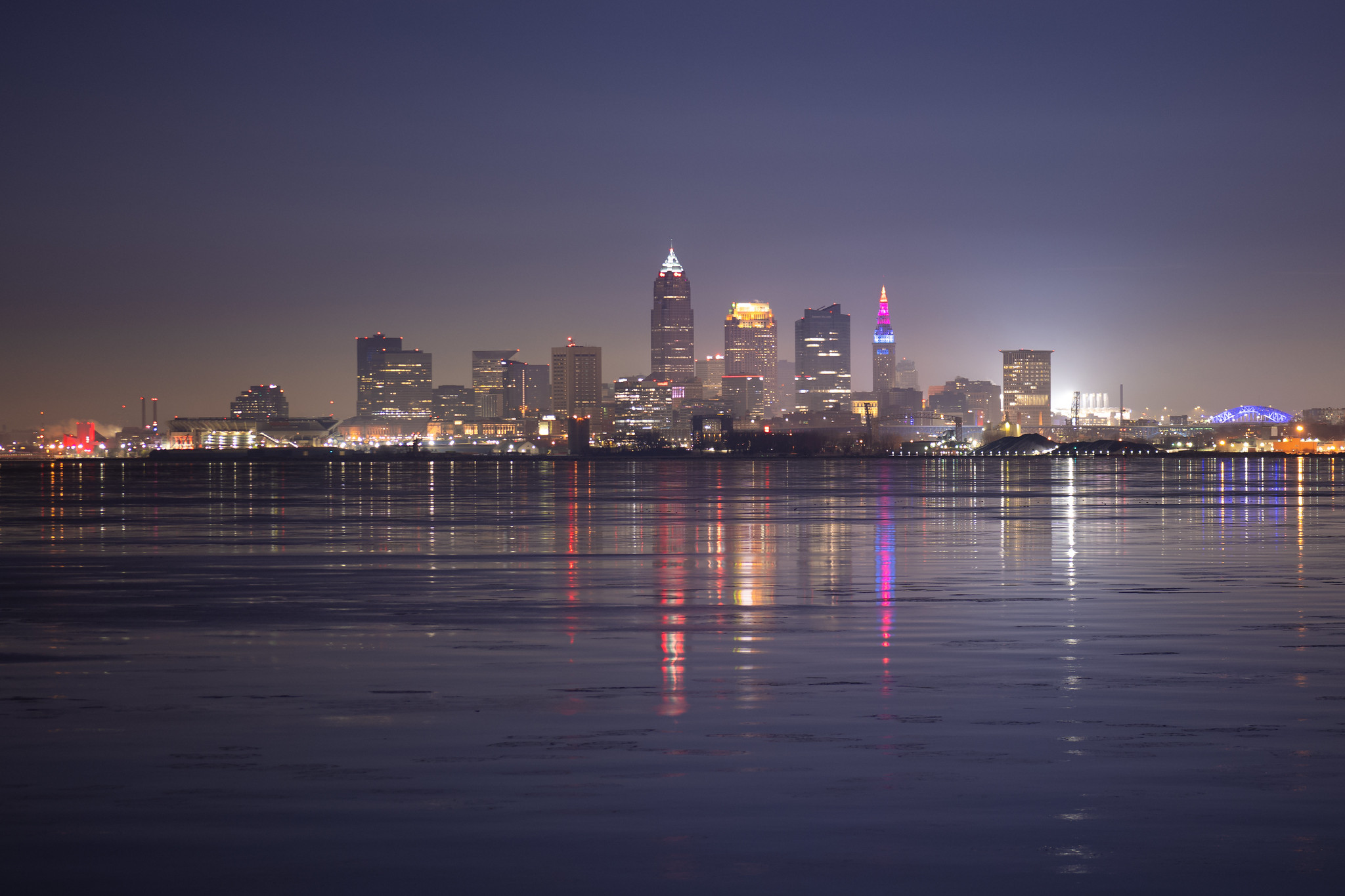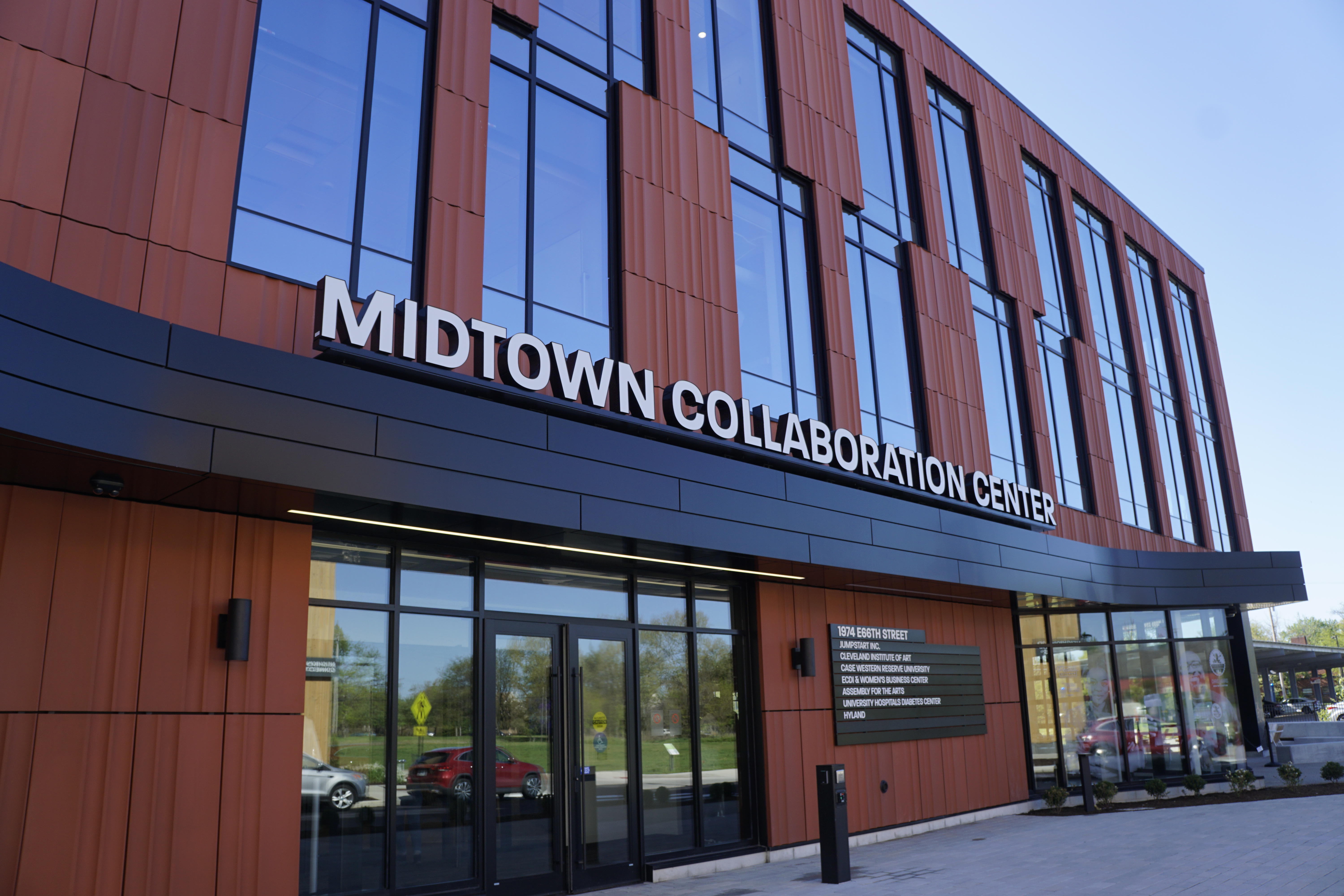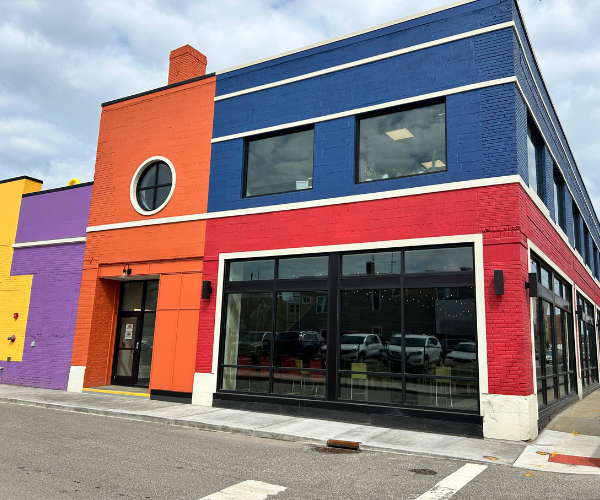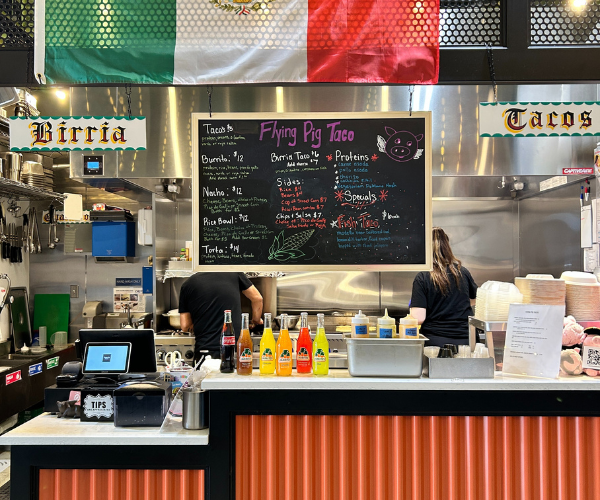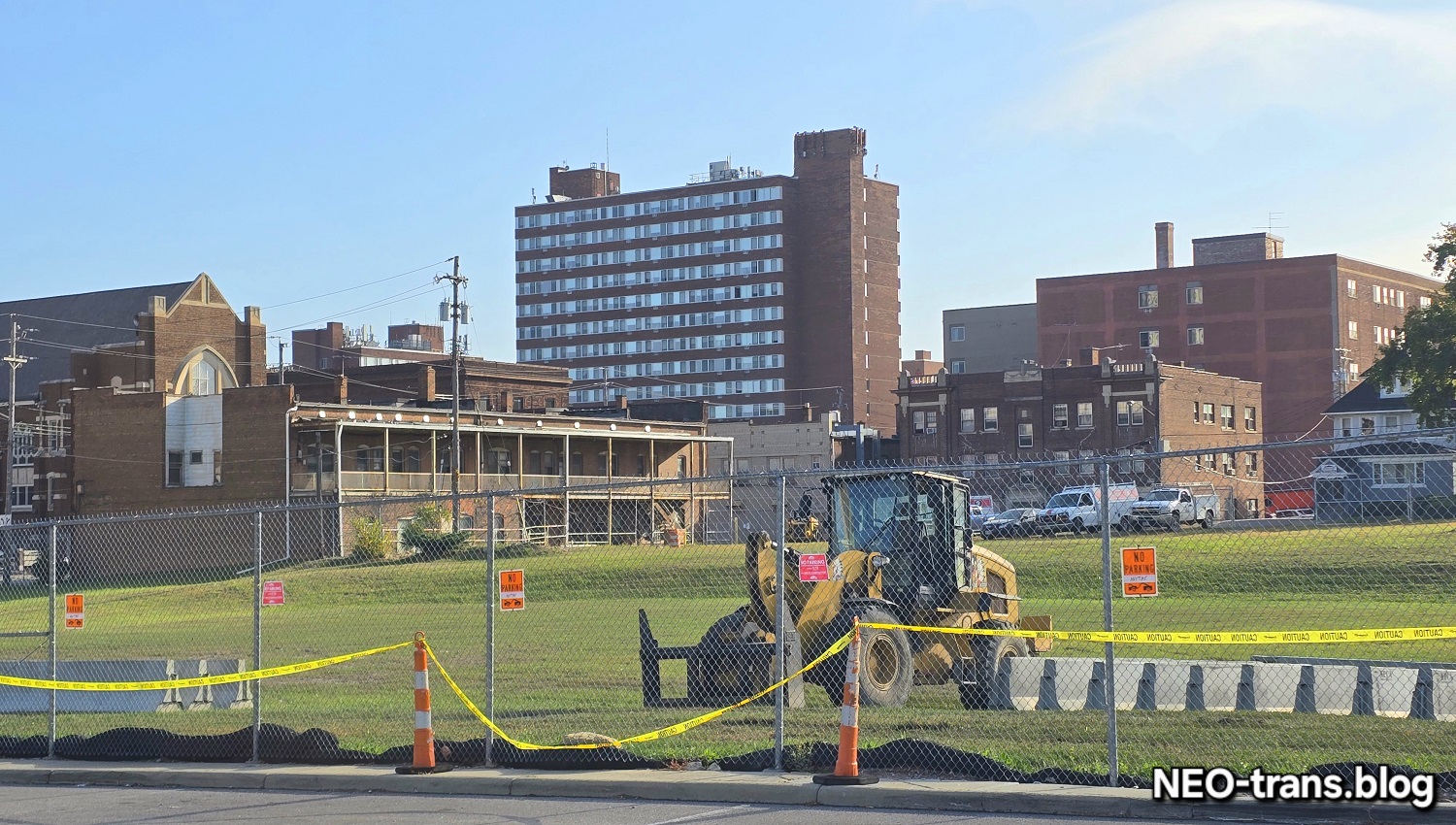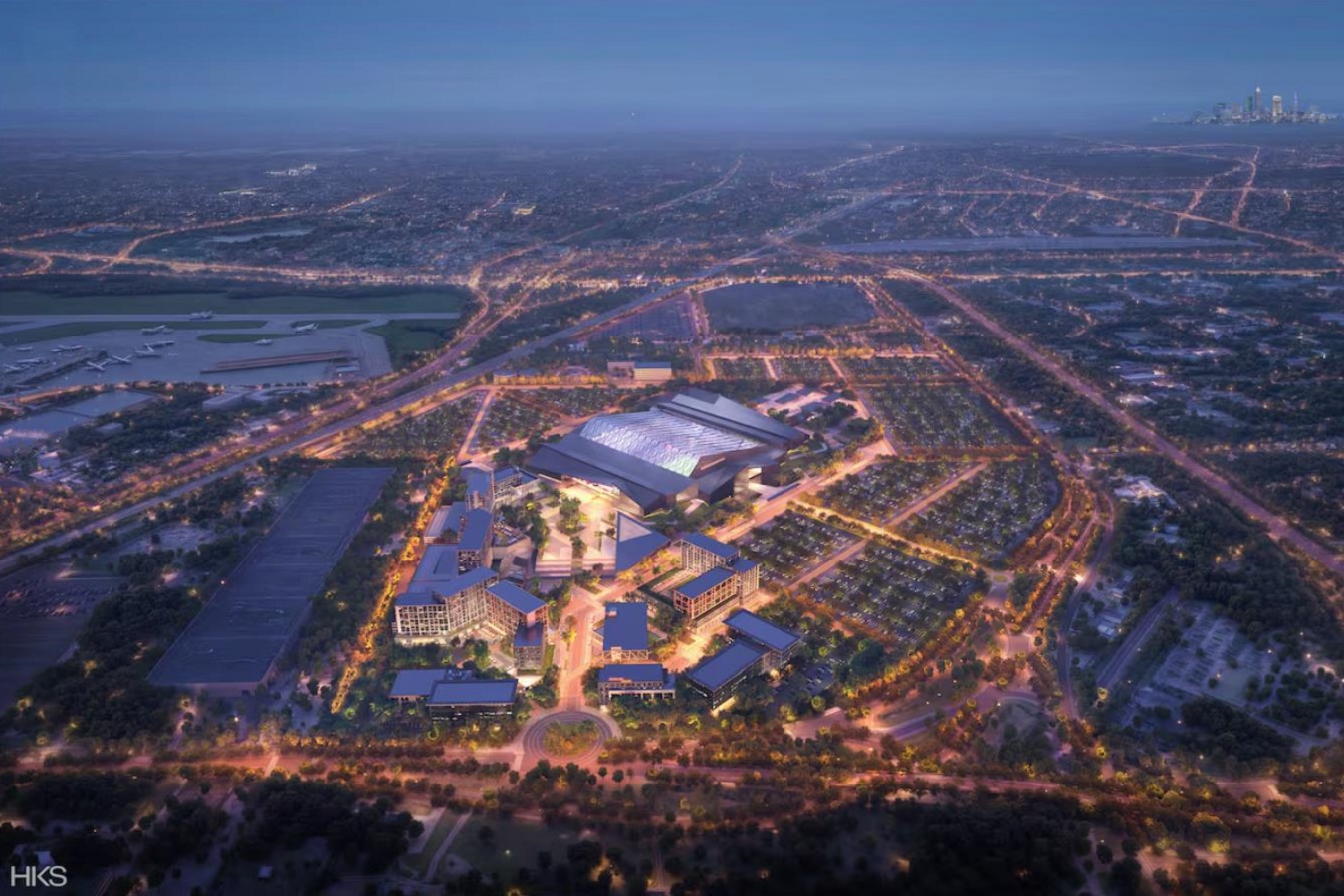GCRTA Set to Finalize Order of 60 Train Cars as Costs Climb
by Ken Prendergast, NEOTrans | Aug. 8, 2025 | 2:00 PM
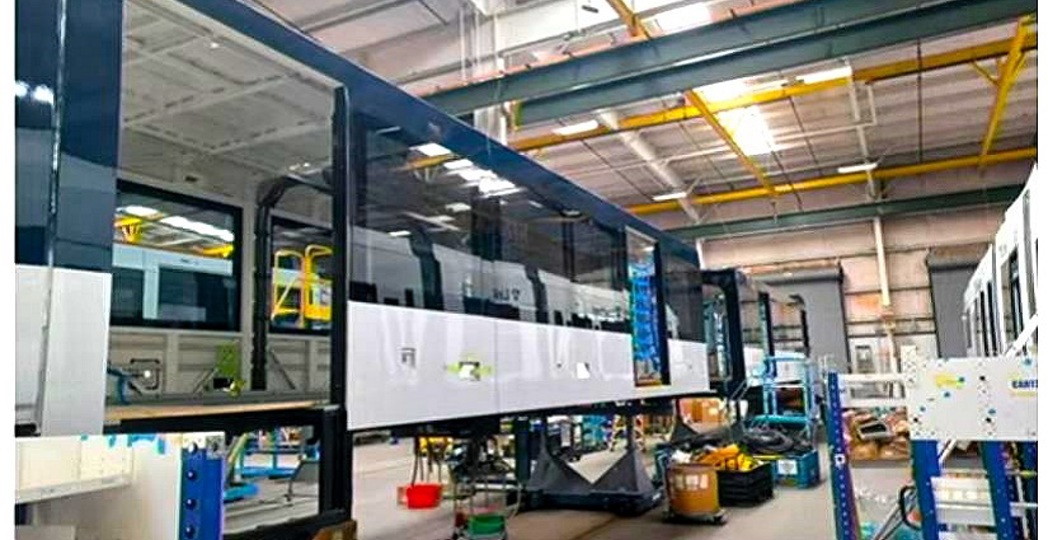
Courtesy GCRTA, Courtesy of Siemens Mobility
The article is published as part of an exclusive content-sharing agreement with neo-trans.blog.
In two weeks, the Greater Cleveland Regional Transit Authority (GCRTA) will likely authorize completion of its 60-car order of new trains to replace the oldest rail transit fleet in the nation. The Cuyahoga County-based transit agency is hurriedly trying to round up the last funding and complete the order before costs rise further.
This morning, a GCRTA Board committee of the whole comprised of all board members unanimously recommended that its members vote on Aug. 19 to approve adding 12 more light-rail vehicles costing $72 million. Those 12 electrically powered railcars will exercise the final option in a total 60-car order with Siemens Mobility of Sacramento, CA.
GCRTA’s trains are more than 40 years old and are of two separate designs, heavy rail and light rail, requiring additional trains for reserves, plus separate training, spare parts and maintenance programs. The three-route rail system’s 47 stations and Central Rail maintenance facility at East 55th Street will be retrofitted so a single type of train can serve all lines.
The first of those trains are due to be fully assembled and delivered to GCRTA in mid-2026 to start year-long testing and crew training in Cleveland, said Bryan Moore, GCRTA’s manager of the railcar replacement program.
Only after the infrastructure work, the train testing and crew training is done will the new trains enter regularly scheduled service starting with a complete changeover of the Red Line.
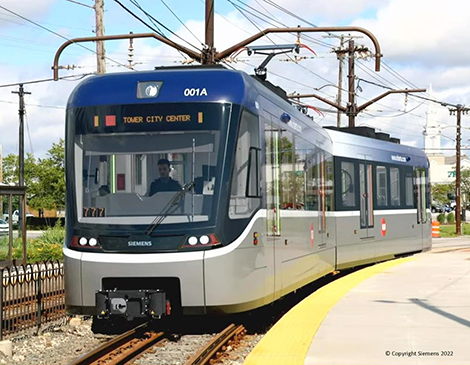
Having all 60 railcars will allow the transit authority to operate more than just a bare-bones level of rail service systemwide. Not only will it be able to offer rail services for major sporting events, concerts and parades, it could offer new cross-town services like a Shaker Heights-Airport route that doesn’t force a transfer downtown.
NEOtrans first got word that GCRTA would seek to complete the order sooner rather than later when it increased its railcar program budget in May by $72 million. GCRTA said it was important to finish the order now, even before it learned whether requested grants were approved. If the grants aren’t approved, GCRTA may issue bonds to fill much of the gap.
GCRTA Budget Manager Carolyn Young said the authority is about $30 million shy of reaching its $450 million goal to fully fund the railcar replacement program. Officials said they are seeking $14.46 million from the Ohio Department of Transportation (ODOT) and will provide another $10 million from GCRTA’s general fund next year plus $5 million from the agency’s 2027 budget.
“We’ll continue to analyze our financial status to see if there’s any opportunity, or if we have to exercise debt at any point if we’re not able to fulfill the uncommitted balance,” Young told the board committee today.

The railcar program is already $57 million over budget. GCRTA Secretary-Treasurer Rajan Gautam said it was important to get the railcars ordered and built in a timely manner to keep costs from rising further. He also expressed confidence that GCRTA could win more ODOT grants.
“If history is a guide, I think we should be able to obtain those (ODOT grants) over the next year or so,” Gautam said.
The railcar budget approved in May has $380.7 million for vehicle acquisition, $33.5 million for infrastructure upgrades, $16.3 million for contingencies, a $12.7 million force account (to do work in-house rather than contracted out), $6.4 million for design/inspection/testing and $300,000 for project administration.
GCRTA has raised $420.5 million for the railcar program so far. Of that, $90 million is from GCRTA, $241.2 million comes from federal funds, $75 million is from ODOT, and $28.8 million is from NOACA but sourced from federal Surface Transportation Block Grant and Carbon Reduction programs.
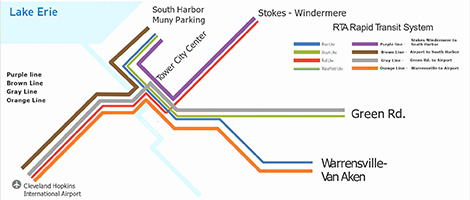
The uncertainty of tariffs is looming over this railcar program for two reasons. First, since tariffs are paid by the importer, they could increase the cost of railcars even after the entire order is under contract.
The reason is that there isn’t a retail showroom where GCRTA staff can walk in and buy 60 trains already made. They are custom-manufactured for each transit agency or railroad buyer. So the contract price for the rail cars has an original base amount of $5,166,336 per vehicle plus an inflationary price increase.
Although estimated in advance, those price increases are calculated at the time of final assembly of each railcar. They’re based on the Producer Price Index for Transportation Equipment and a national labor index that is published monthly by the US Department of Labor Bureau of Labor Statistics, according to Anthony Garofoli, GCRTA executive director of internal audit.
Uncertainty is looming for another reason, too. Ironically, while the tariffs are intended to increase domestic manufacturing, they could negatively impact a federal grant awarded to GCRTA that is intended to do the same thing.
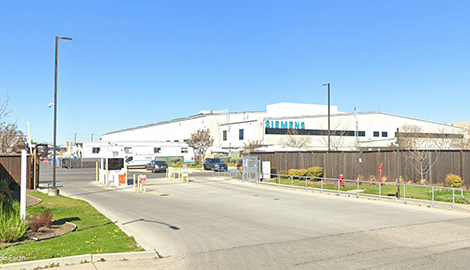
In 2023, GCRTA won a $130 million Rail Vehicle Replacement Program grant from the Federal Transit Administration. It was the largest single grant to GCRTA in its 50-year history.
“As a condition to receive Federal Transit Administration grant funds for this project, GCRTA must certify compliance with Buy America requirements,” Garofoli said. “Those include ensuring that the cost of domestic components is greater than 70 percent of the value of the total (train) car cost.”
Shawn Becker, GCRTA’s program contract manager, said those percentages could change if tariffs cause imported component costs to significantly increase. It should be noted that federal funds are provided at the back end of projects, to reimburse grant awardees for eligible costs incurred.
“We’re still navigating through some considerations regarding schedule and the impact of tariffs but you can expect to see a resolution come to the board at a future board meeting,” Becker said.
For more updates about Cleveland, sign up for our Cleveland Magazine Daily newsletter, delivered to your inbox six times a week.
Cleveland Magazine is also available in print, publishing 12 times a year with immersive features, helpful guides and beautiful photography and design.

Ken Prendergast, NEOTrans
Ken Prendergast is a local professional journalist who loves and cares about Cleveland, its history and its development. He has worked as a journalist for more than three decades for publications such as NEOtrans, Sun Newspapers, Ohio Passenger Rail News, Passenger Transport, and others. He also provided consulting services to transportation agencies, real estate firms, port authorities and nonprofit organizations. He runs NEOtrans Blog covers the Greater Cleveland region’s economic, development, real estate, construction and transportation news since 2011. His content is published on Cleveland Magazine as part of an exclusive sharing agreement.
Trending
-
1
-
2
-
3
-
4
-
5

